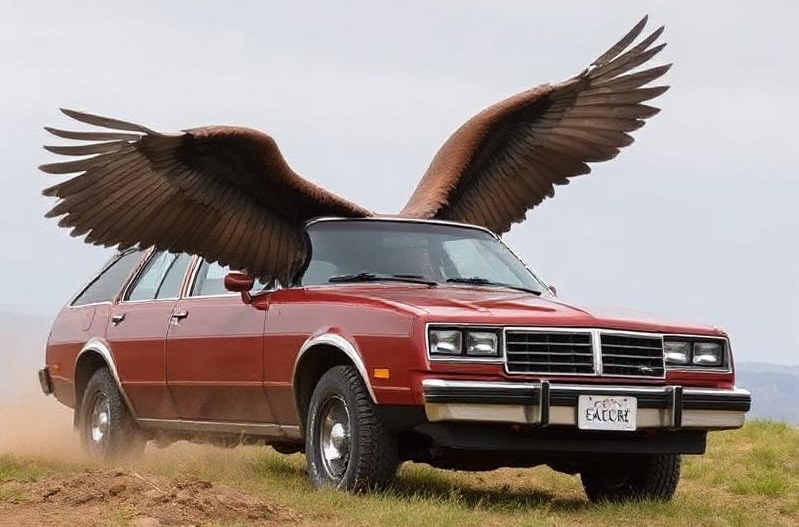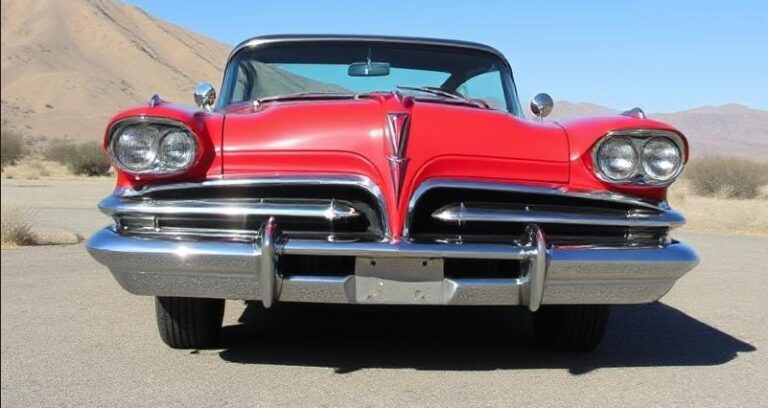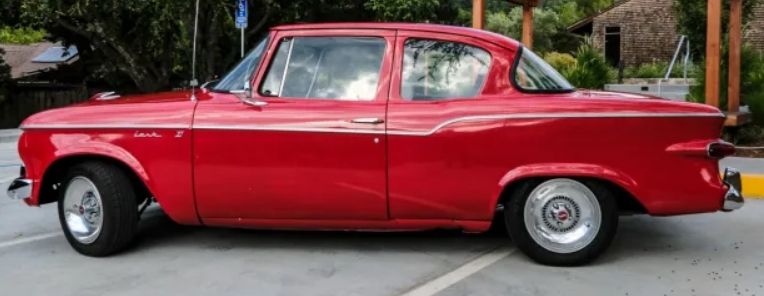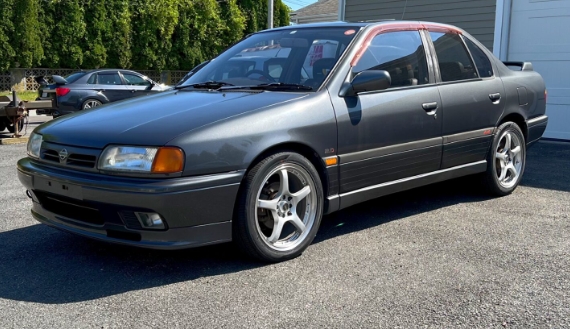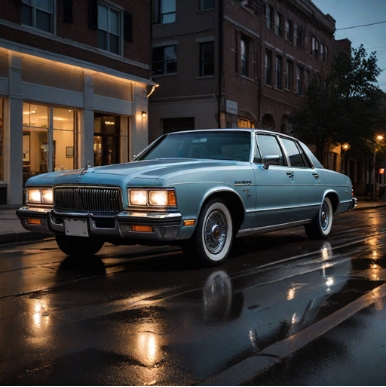The Evolution of the AMC Eagle: A Unique Chapter in Automotive History
The AMC Eagle holds a distinctive place in the annals of American automotive history, representing the amalgamation of various trends in the late 20th century. Introduced in 1980, the Eagle was AMC’s ambitious endeavor to create a vehicle that merged the attributes of a car’s comfort and a truck’s ruggedness. This article takes an in-depth look at the evolution of the AMC Eagle, exploring its history, models, trim levels, and its lasting impact on the automotive landscape.
Background and Development
American Motors Corporation (AMC) began developing the Eagle in the late 1970s, amid growing interest in four-wheel-drive vehicles and crossovers, a segment that was virtually non-existent at the time. The AMC Eagle was effectively the automaker’s attempt to create a vehicle that filled the niche between passenger cars and off-road vehicles, recognizing that consumers were looking for more versatility in their automobiles.
The Eagle was based on the AMC Concord platform, which had been introduced in 1978. The company was determined to produce a model that could effectively compete against established brands while also appealing to a market increasingly interested in all-wheel-drive capabilities.
Production Years
The AMC Eagle was produced from 1980 until 1988, with several iterations and variations throughout its run. Below is a timeline of its production years along with the models and trim levels offered.
1980-1982: The Birth of the AMC Eagle
The AMC Eagle made its debut in 1980. Two primary models were offered: the Eagle and the Eagle S. Both featured AMC’s proprietary full-time four-wheel-drive system, along with the Concord’s design elements.
Models and Trim Levels:
- Eagle: A mid-level trim that included basic comforts like cloth seating, AM radio, and air conditioning.
- Eagle S: A sportier version that offered upgraded features, including a more powerful engine and performance-oriented components.
In 1981, AMC revamped the Eagle lineup with the addition of two additional variants:
- Eagle DL: Positioned as a more upscale model, the DL came with improved interior finishes and additional convenience features.
- Eagle Sport: A performance-oriented version with a more powerful 4.2-liter engine and sport-tuned suspension.
1983-1985: Expanding the Lineup
By 1983, the popularity of the AMC Eagle was on the rise. In response to consumer demand, AMC further broadened its model offerings:
Models and Trim Levels:
- Eagle GT: This sporty model came with a powerful 2.5-liter engine and a distinct design, appealing to younger drivers and performance enthusiasts.
- Eagle wagon: The classic station wagon version allowed for increased cargo space and versatility, catering to families and outdoor enthusiasts alike.
During this phase, AMC made changes to the engine lineup as well, introducing the 2.5-liter inline-four engine, which became one of the primary powertrains for the Eagle throughout its production run. The Eagle was well received in the market, and sales began to grow steadily.
.
Are you into the weird and wacky?
Check out these Unusual Car Stories.
They’re truly out there!
.
1986: The AMC Eagle Dedicates Itself to Luxury
In 1986, AMC majorly upgraded the Eagle lineup, especially the interior trim and features to attract a more upscale market. New luxury-focused versions were introduced:
Models and Trim Levels:
- Eagle Limited: This trim level was designed to compete with luxury brands of the time, featuring leather seats, wood accents, and additional convenience features.
- Eagle Base: Stripped-down versions were also offered for consumers seeking a more affordable option focused on utility.
The 1986 model year also brought new paint colors and a refreshed exterior design, creating a more modern look that appealed to a broader range of customers.
1987-1988: The Final Years
The final chapter of the AMC Eagle’s existence began in 1987 amid significant changes in the automotive industry, culminating in AMC being acquired by Chrysler. The brand’s influence had waned, and its models began to face stiff competition from Japanese automakers specializing in sport utility vehicles and compact cars.
Models and Trim Levels:
- Eagle Sedan: Retaining the four-door sedan configuration, it was targeted toward practical buyers who valued economy and usability.
- Eagle Wagon: The wagon variant continued as a family-friendly option, making it popular among baby boomers.
- Eagle 4WD: This was an all-wheel-drive version emphasizing off-road capability to meet the demand for rugged vehicles.
The AMC Eagle’s production officially came to a halt in early 1988, bringing to a close a unique experiment in the automotive market.
The Legacy of the AMC Eagle
The AMC Eagle stands as a significant pioneer in the crossover SUV segment. Though AMC faced challenges, the Eagle showcased the potential for integrating car-like comfort with off-road performance — a formula that would later become the hallmark of contemporary crossovers and SUVs.
Despite its discontinuation, the AMC Eagle has garnered a dedicated following among classic car enthusiasts. Collectors often discuss its rarity and unique design elements, and some owners have taken their Eagles off-road, emphasizing the vehicle’s innate ruggedness.
Conclusion
The AMC Eagle’s evolution from its introduction in 1980 to its demise in 1988 encapsulates an intriguing period in the automotive industry, blending practicality with innovation. As one of the early attempts at a crossover, the Eagle paved the way for future models from various manufacturers that would redefine vehicle versatility. Though AMC ceased to exist, the legacy of the Eagle lives on, resonating with fans of a bygone era and highlighting the creative spirit of American Motors.
